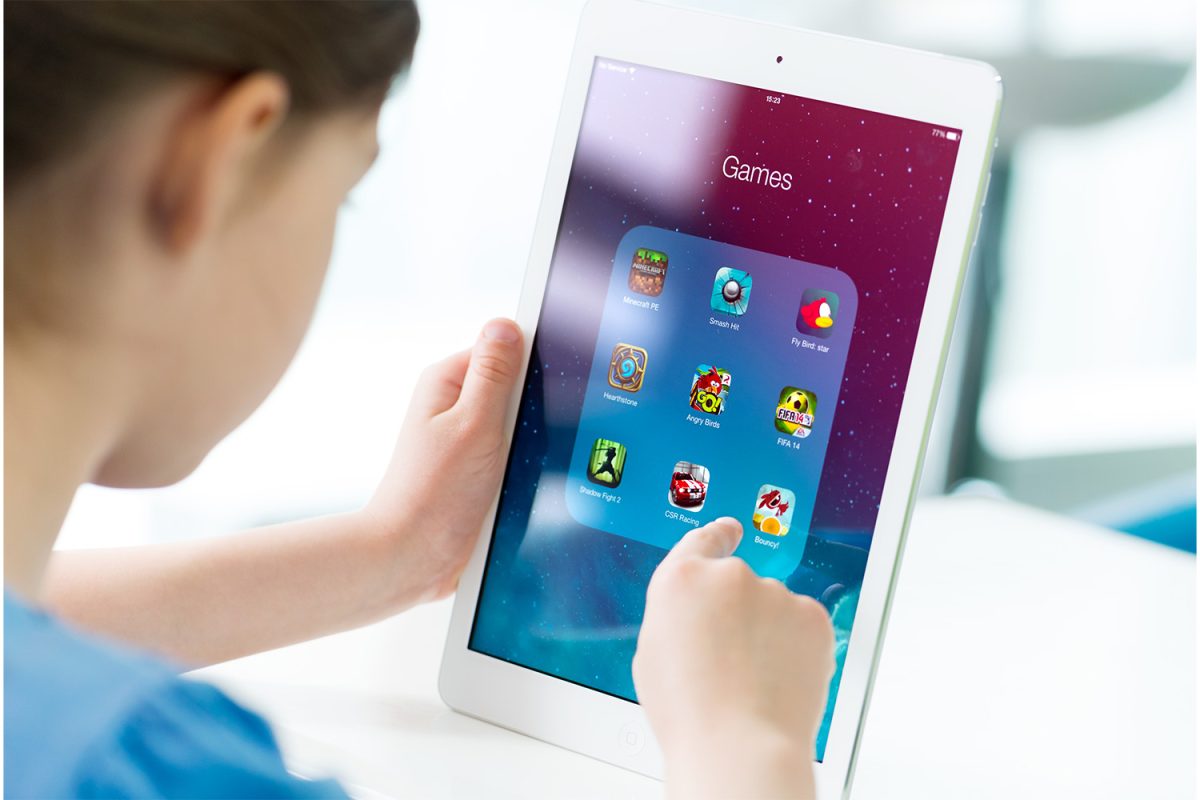The current abundant presence of screens in an average household gives us a common scenario: A child is engrossed in a screen, the parent snatches it away, and the child throws tantrums.
Even if this visual is depicted comically, it unveils one of the most pressing issues among adolescents. Children are exposed to technology at an increasingly early age and are given tablets and phones to keep themselves busy. Over 40 percent of children have a smartphone by 10 years old, according to Common Sense Media.
Even the Iowa Legislature is taking action against phone use. Lawmakers recently proposed Senate File 2044 in the Iowa Legislature would ban cell phone use in Iowa schools.
The effects of heavy screen time can prove costly in both the short and long term for children. It is the responsibility of the parents to ensure their children don’t become attached to these screens and the responsibility of manufacturers to ensure that their customers are aware of potential
harmful effects.
Although there are a handful of studies that demonstrate a correlation between screen time and low attention spans in children, children use their devices while they eat, while they travel, and even while they engage in conversation with those around them.
Even adults seem indifferent to their surroundings as they are engrossed in screens for this “dopamine boost.” Dopamine, the neurotransmitter released by social interactions and external stimulations, creates a reward pathway in the brain that excites us, according to Seattle Children’s Research Institute.
Therefore, children find their dopamine boosts in the interactive animations and motion pictures on the screens that stimulate them.
But for children, these frequent virtual “rewards” can interfere with their ability to focus on a single task, as they don’t receive instant satiation, which, according to research from the National Library of Medicine, leads to impulsivity, low attention spans, and hyperactivity.
In fact, some studies show that even if screen time is assumed to decrease while children are at school and continue to grow up, time spent using screens early in life leads to decreased academic performance in older age ranges.
According to the American Psychiatric Association, or APA, there should be no daily screen time for kids aged less than 18 months except for video calling, only one hour for kids aged 2-5 years, and “consistent limits” for kids aged 6 years and above.
Although the sale of most tablets and smartphones is not aimed toward children, they make up some of the biggest consumers of this technology. Manufacturers should consider adding labels to their products, informing consumers about the risks such as socio-cognitive and developmental delays associated with prolonged screen time in kids, and recommend the APA’s guidelines for the same, so that parents can make informed decisions.
Parents should limit their children’s screen time and instead engage them in activities such as reading, encouraging them to discover new hobbies, or helping them introspect by asking them to try journaling instead of only watching something on their screens.
Educators should make limited use of technology for younger students as well. They should assign students simple projects involving constructive use of technology and assign math problems without the use of calculators or the internet.
Columns reflect the opinions of the authors and are not necessarily those of the Editorial Board, The Daily Iowan, or other organizations in which the author may be involved.



